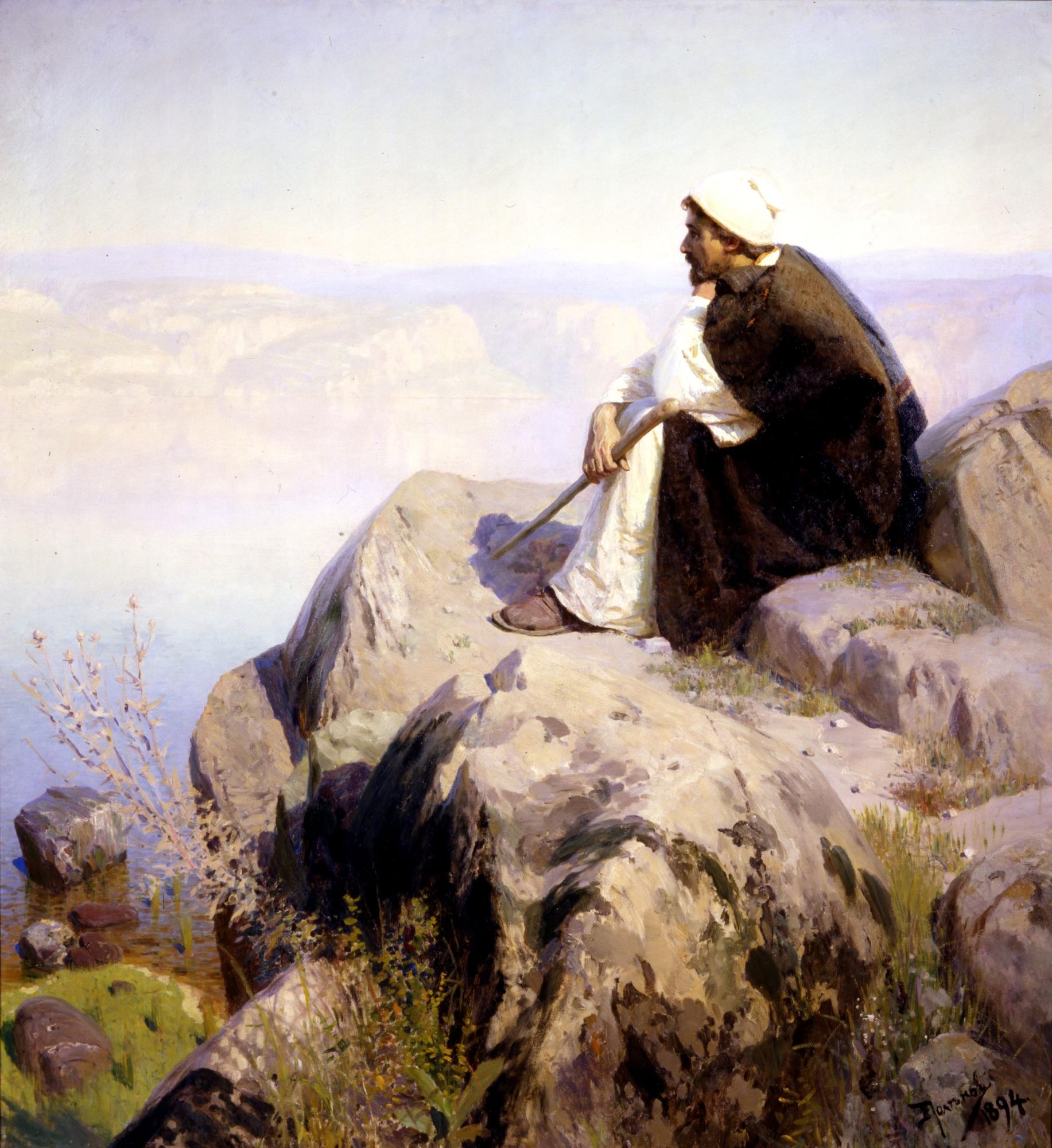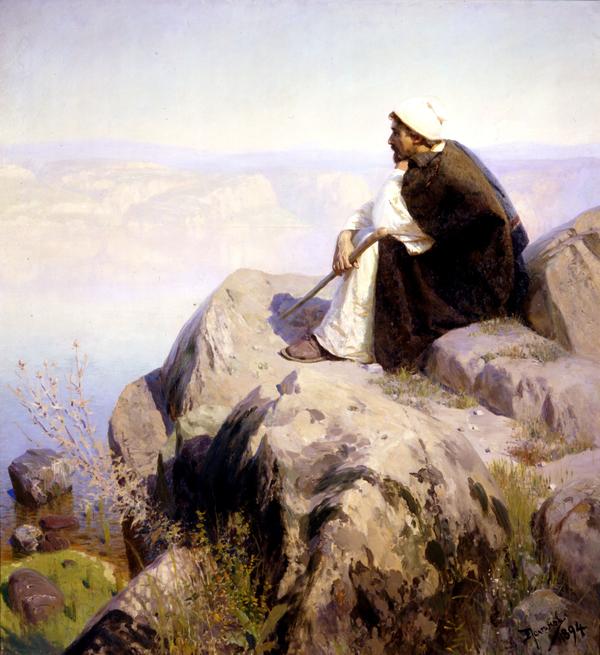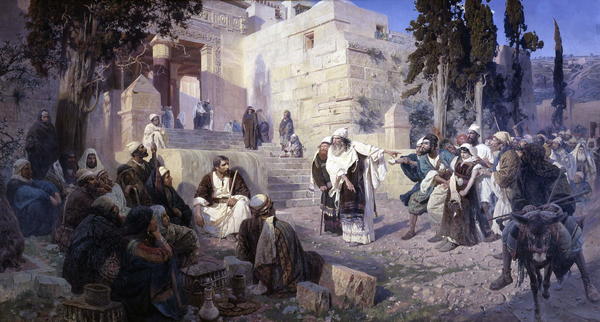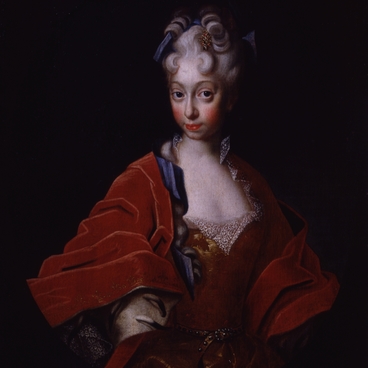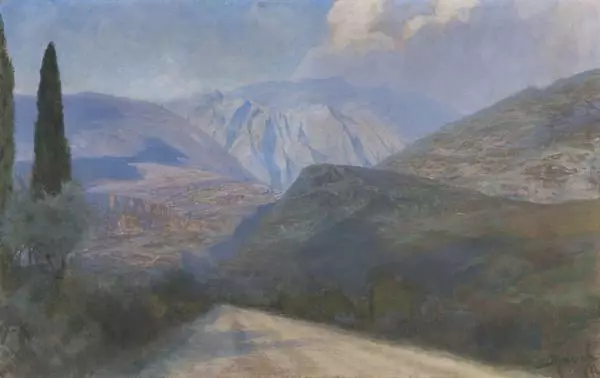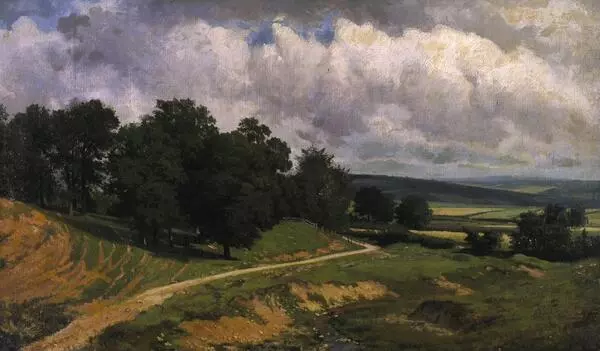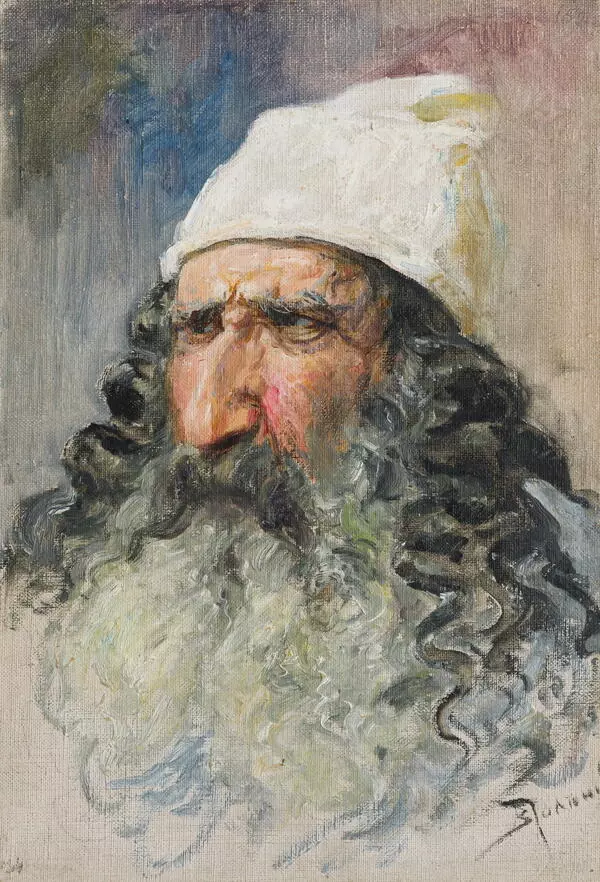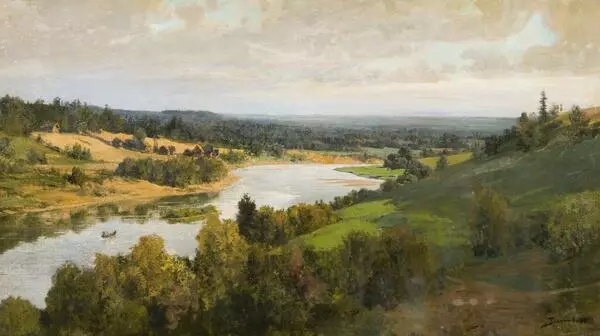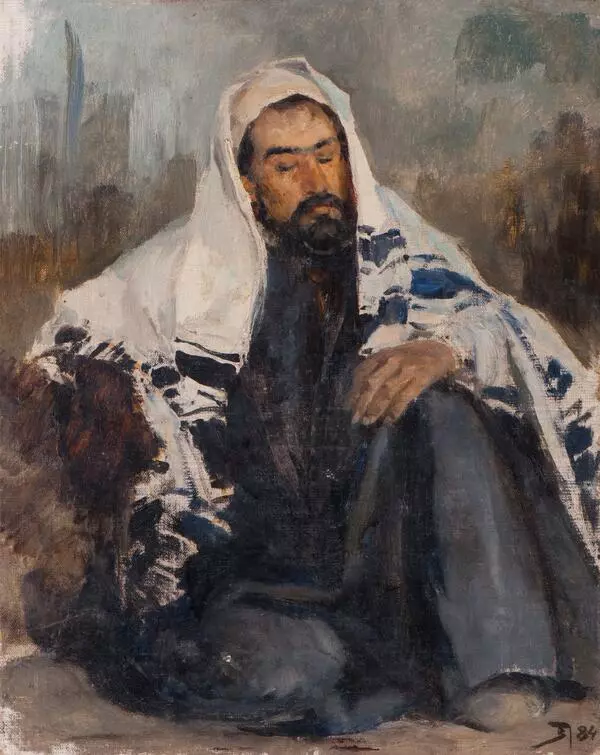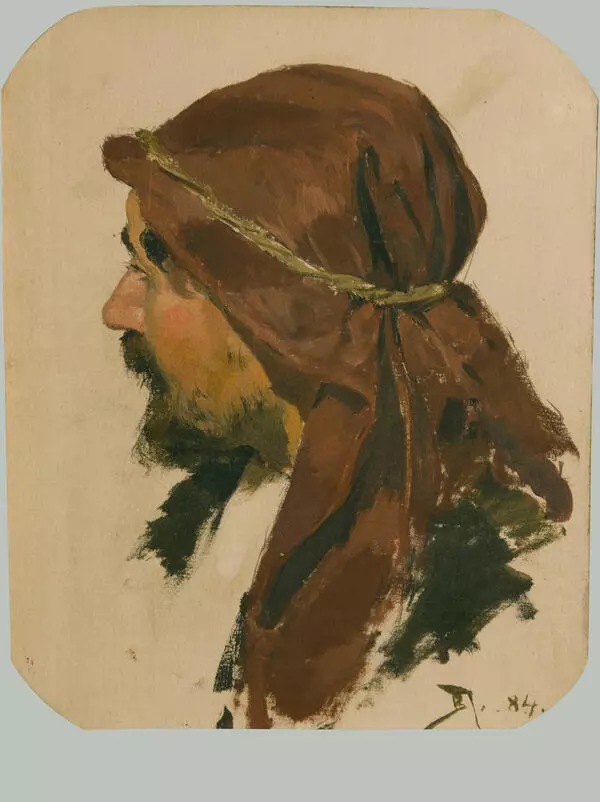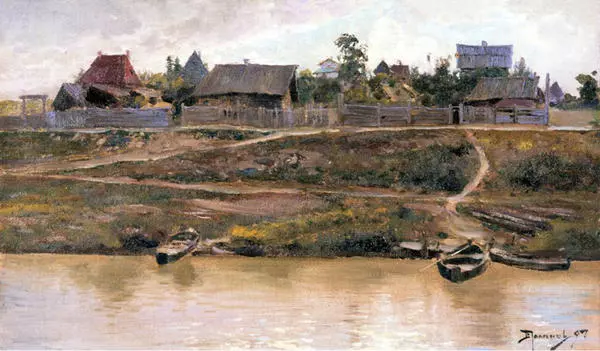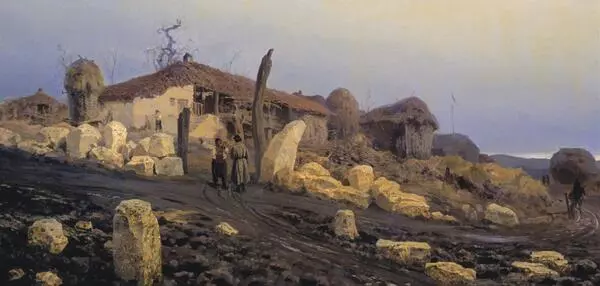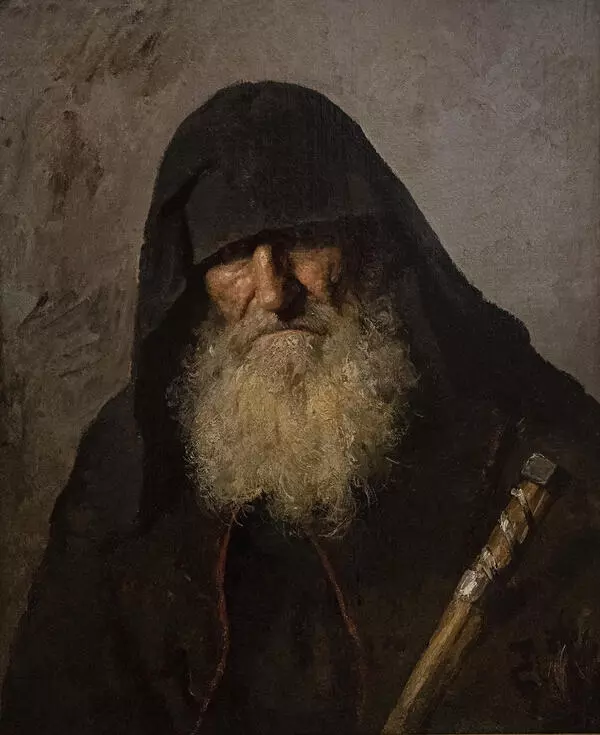Vasily Polenov painted the Dreams in 1894. He depicted Christ sitting on a boulder. The Son of God is gazing into the distance; he is concentrated and absorbed in thought. In front of him, lies the calm mirror of the Kinneret Lake. The fog-clad outlines of the mountains are visible on the horizon.
#3
Vasily Polenov
Dreams
#2
#4
The artist used translucent paints to accurately convey the haze that is enveloping the area. The figure of Christ, and the rocky shore, and the water surface are painted in equally calm colors. In this way, the artist emphasized the unity of man and nature.
Polenov deliberately painted Christ so down-to-earth, wearing a dress resembling shepherd’s clothes. The artist humanized the image of the Savior, because he was inspired by the book The Life of Jesus written by the French author Ernest Renan. In this book, the writer described Christ as a simple earthly man.
#5
The picture Dreams was included in the Christ’s Life cycle, which took Polenov almost a quarter of a century to complete. He started the cycle in 1881, when he returned from an internship abroad. In Europe, Polenov was very homesick for Russia, and came home two years ahead of schedule.
#6
Having returned home, he began to work on the Christ and the Sinner, the first painting of the Christ’s Life cycle.
#7
V.D.Polenov, Christ and the Sinner (1880’s), the State Russian Museum
#8
The artist was interested in ancient plots since childhood. This hobby was instilled in him by his father, archaeologist Dmitry Polenov. In order to accurately depict the landscape of the Holy Land, the painter undertook several trips to the Middle East. He visited Egypt, Syria and Palestine and studied the local nature and architecture. From his trips, Polenov brought a large number of sketches and drafts.
The artist repeatedly painted Christ on the shores of the Kinneret Lake. Different versions of the picture are stored in the Radishchev Museum, the State Russian Museum and the Pushkin State Museum of Fine Arts. The Saratov version is distinguished by color saturation and the compositional restraint. Some art historians believe that the masterpiece from the Radishchev Museum is one of the best versions of the plot.
#9
Initially, a reproduction of the painting Dreams was published by the Artist Magazine where Polenov worked. After the revolution, the picture was sent to the National Museum Fund, and in 1925 it was transferred to the A.N.Radishchev Saratov State Museum of Fine Arts.
#10
A.N. Radishchev Saratov State Museum of Fine Arts
читать дальшескрыть
00:00
00:00
1x
Dreams
Время создания
1894
Размер
180x165 cm
Техника
Canvas, oil
Коллекция
16
Открыть в приложении
Поделиться
